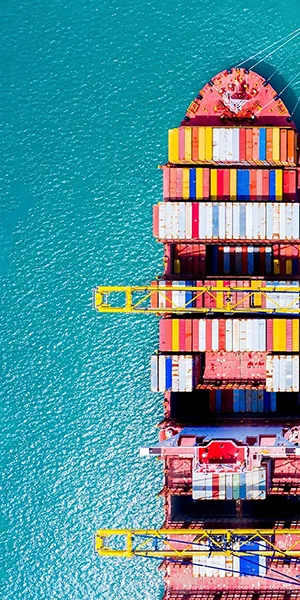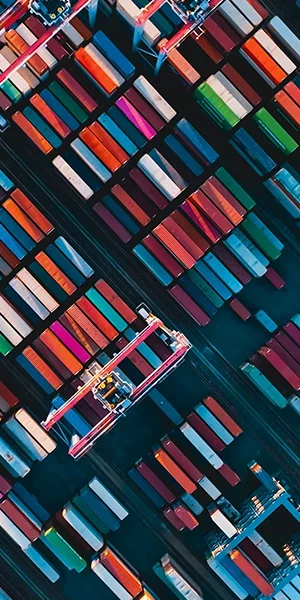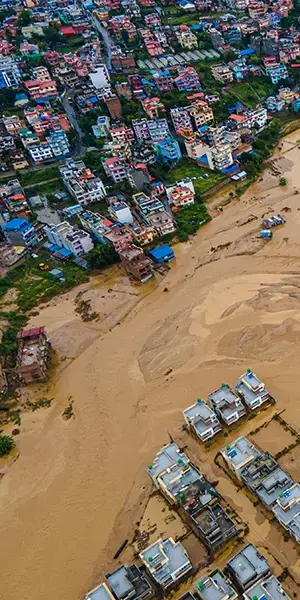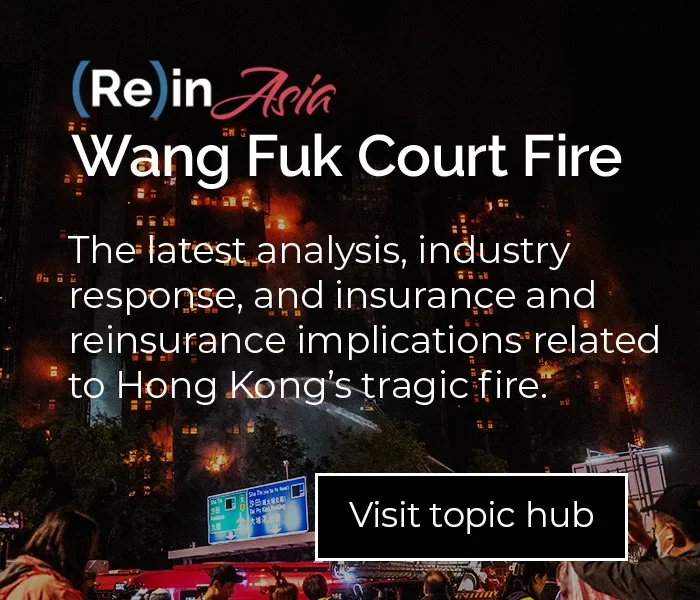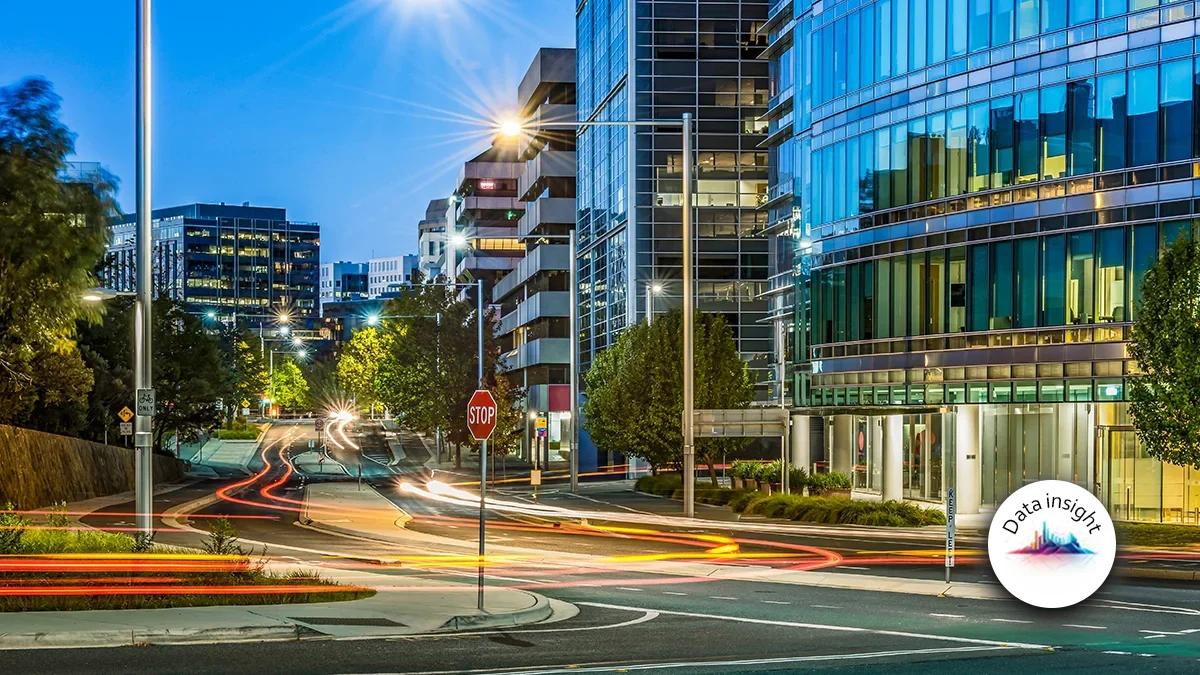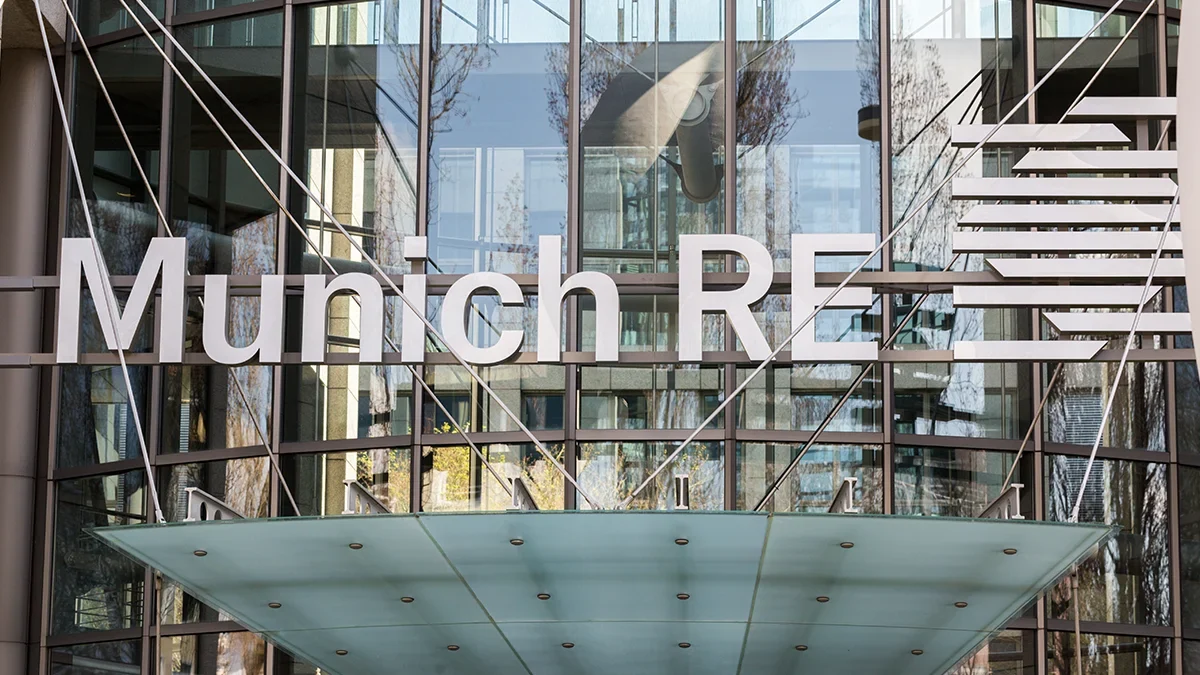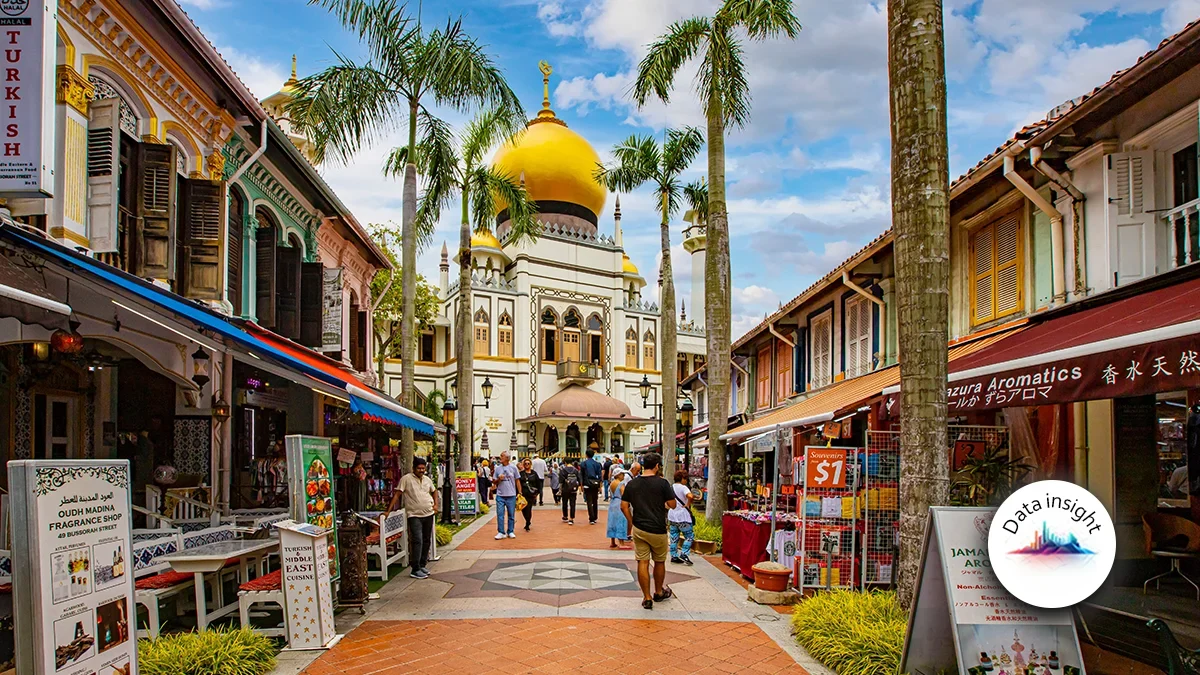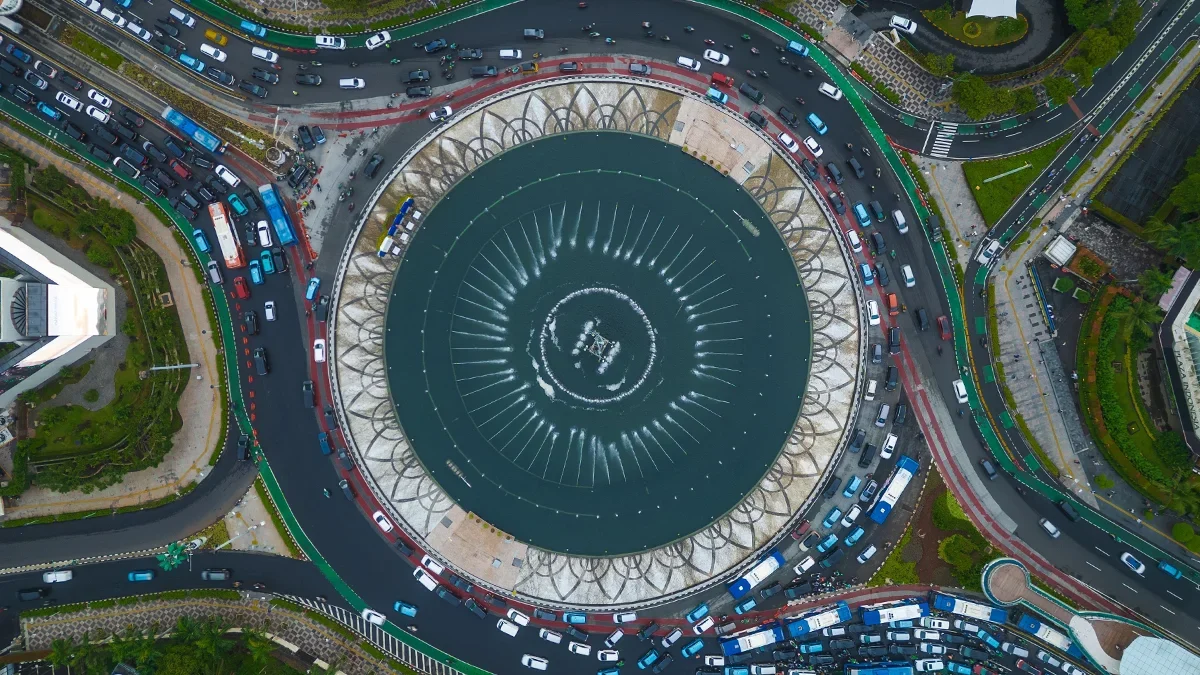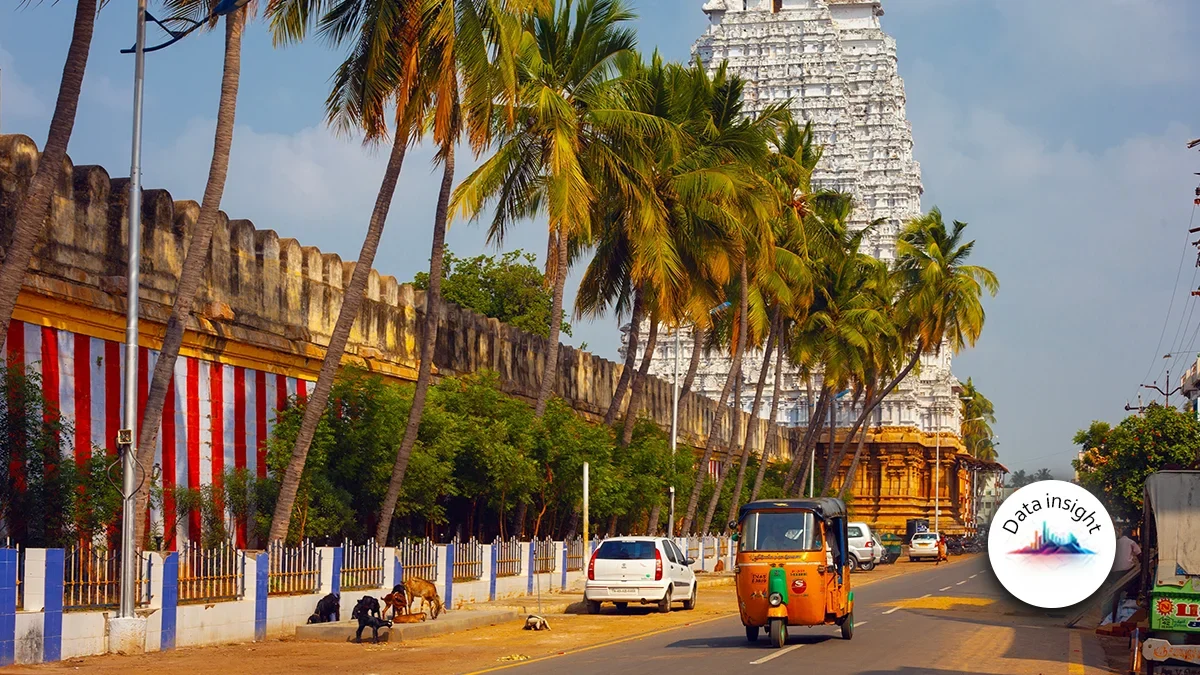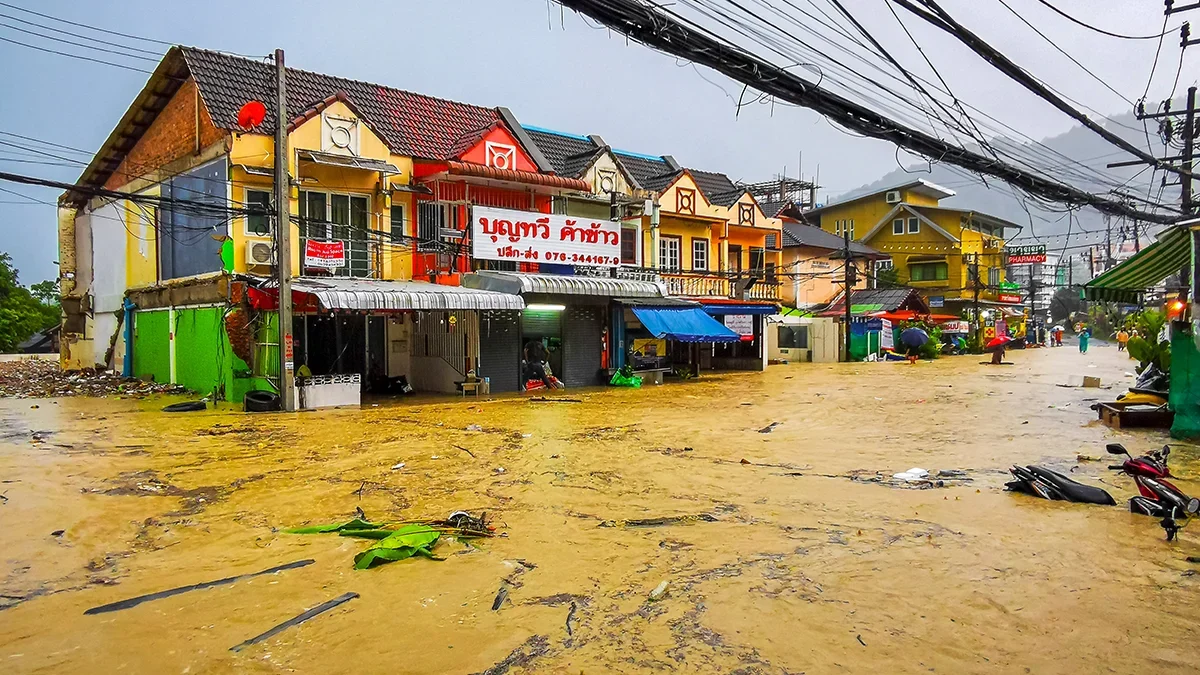(Re)in Summary
• Asia generated 60% of global cargo insurance growth in 2024, with Chinese premiums reaching US$3.99bn amid e-commerce expansion.
• Rising trade barriers and tariffs are reshaping insurers’ risk matrix as trade fragmentation persists.
• The fact that manufacturing hubs are shifting from China to Vietnam and India requires insurers to make adjustments to trade flow coverage.
• Insurers must also maintain flexibility and diversify risks as geopolitical and macroeconomic changes accelerate.
• Underwriters need open dialogue with clients to address mismatched risk appetites and evolving compliance requirements.
• Insurers should review contracts regularly as tariffs affect goods valuations and reinsurer risk appetites.
• Shippers increasingly seek consistency amid increasing operational complexity in the new trade environment.
Asia accounted for 60% of global cargo insurance growth in 2024, with continued growth from increased e-commerce and Chinese return shipping insurance — but rising trade fragmentation is expected to shift marine insurers’ risk matrix, experts said during last week’s IUMI 2025 conference in Singapore.
Chinese cargo premiums hit US$3.99bn in 2024, remaining far ahead of other Asia-Pacific markets like Japan (US$1.33bn) and India (US$422m).
A post-pandemic rebound has pushed premiums across major markets upward, with global cargo premiums growing at rates similar to world trade values, IUMI said in its Global Marine Insurance Report.
But a rise in trade barriers, tariffs and sanctions is expected to change insurers’ risk matrix, experts said during the conference. Supply chain stress has increased as exporters front-load goods before US tariff deadlines. Shifting trade routes have led to key shortages of empty containers in Asia’s ports and volatility in shipping rates.
“For supply chains, the stress that we see now is the equivalent of stress that we saw in 2022,” said Denise Cheok, Head of Southeast Asia Economics at Moody’s. “It’s still slowly climbing beyond what we once saw, so there’s potential for this to escalate further.”
Tariffs’ “stop-start” effect on the goods movement meant shippers had to make important bets about ship deployment. As vessels were rerouted from trade routes between South America’s West Coast and Asia, cargo in that region remained at terminals as capacity was removed. “This is how quickly it can go wrong,” said Neil Barber, Vice President for Ocean Freight, Asia-Pacific at JAS Worldwide. “When things happen unexpectedly, it can create chaos.”
Denise Cheok
Head of Southeast Asia Economics at Moody’sTrade fragmentation to stay
Trade fragmentation is expected to continue, said Cheok, as the world rides a tariff rollercoaster. “You see a cycle of escalation, things picking up,” Cheok said. “[Then] sometimes for a prolonged period of time, de-escalation; they’ve come back down, and then re-escalation again.”
Even as proclamations and negotiations continue, Cheok expects tariffs to persist. “It’s easy to make announcements, but really scaling them back, there’s something that’s not easy to do,” Cheok added.
Tariffs on Chinese products continued after the first Trump administration ended, and a sharp drop-off is unlikely, Cheok said. “This is the new world that we’re living in – that tariffs are going to be in our vocabulary for a long time.”
Neil Barber
Vice President for Ocean Freight, APAC at JAS WorldwideThese changes will likely shift manufacturing hubs and trade hubs — and in turn, shipping routes. “We’ve seen a large shift in production locations, maybe driven by labour cost, but more recently by geopolitical issues,” said Barber. “This will further evolve as time goes on, and we see the long-term ramifications of global tariffs and how this may shift production.”
Shipping epicentres may change from China to Vietnam and India as port operators make “tremendous investment” in development. Vadhavan Port, a greenfield project north of its biggest port, Nhava Sheva in Navi Mumbai, is expected to add 23.2 million TEUs to India’s container handling capacity upon completion.
“We’ve seen tremendous investment in port development in Asia,” Barber said. “This will continue to drive competition and allow many more options than previously existed.”
Flexibility in managing risk
To manage emerging risks amid volatility, shippers and marine insurers must remain flexible, Barber said. “Having alternatives in plan, in play, and making sure that you don’t put all your eggs into one basket will become even more critical than before.”
Flexibility was a major theme throughout the conference, as shifting tides in geopolitics and macroeconomics force insurers to rethink their approach to political and policy-driven risks.
Insurers were urged to be agile in meeting fluctuating compliance requirements and to understand how tariffs, sanctions and trade barriers affect goods’ values and their reinsurers’ and banks’ risk appetites.
Malin Hogberg
Lawyer at WERKS Advokater“Review your contracts,” said Malin Hogberg, lawyer at Swedish shipping law firm WERKS Advokater, during a cargo workshop panel discussion.
Notably, Lloyd’s sanctions exclusions do not eliminate sanctions risk but merely suspend the payment obligations, which may pressure insurers to maintain claims reserves, Hogberg said. “You still have an outstanding obligation that’s going to remain.”
Underwriters have to understand their clients and their risk appetites — and maintain dialogues about each entity’s risk tolerance. “Is there a risk that any of them have an appetite that doesn’t match your own appetite?” Hogberg added. “Have an open conversation in advance.”
Cargo insurers’ risks will compound, said Cheok, requiring awareness of how to manage asset and operational risks across the board. “Many of these risks are interacting,” Cheok said. “They’re building on each other and forming this new monster that we have not really contended with.”
The volatility has created profit opportunities across the marine insurance value chain for shippers and insurers who can leverage uncertainty and scarcity to increase revenue, said Barber. “Misery makes money, and the misery will continue for quite a while.”
Peter Taylor
Division Director at MacquarieNevertheless, both insurers and insureds seek consistency, said Peter Taylor, Division Director at Macquarie. They have a prime opportunity to work together in managing risk complexities.
While discussing potential insurance products for financial banks and shippers, Taylor suggested insurers could offer products to offset trade finance regulatory requirements.
“The other real challenge now is that the value of goods is very different in different locations, and the ability for us to move a product from one place to another is quite challenging,” Taylor said. “The insurance contract has to reflect this valuation difference.”
“What makes money is providing consistent services and having the logistics to back them up,” Taylor added. “What makes money is having optionality and being prepared for things.”






